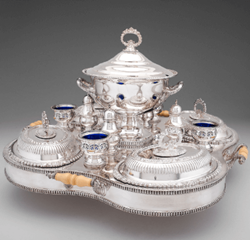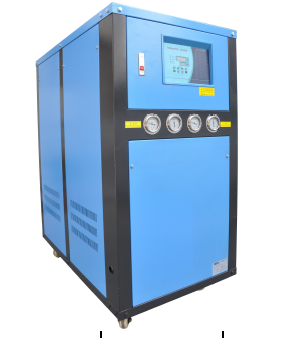First, electrophoretic classification
Electrophoresis process is divided into anodic electrophoresis and cathodic electrophoresis. If the coating particles are negatively charged, the workpiece is the anode and the coating particles are called anodic electrophoresis under the action of the electric field force. On the other hand, if the coating particles are positively charged, the workpiece is the cathode and the coating particles are deposited on the workpiece. Cathodic electrophoresis.
Second, the process characteristics
- Anodic electrophoresis features:
- Raw materials are cheap (generally 50% cheaper than cathodic electrophoresis);
- Equipment is relatively simple, less investment (generally 30% cheaper than cathodic electrophoresis);
- Low technical requirements; Performance than the cathodic electrophoretic difference (about 1/4 of cathodic electrophoretic life).
- Cathodic electrophoretic coating high corrosion resistance reasons:
- The workpiece is the cathode, does not occur anode dissolution, the workpiece surface and phosphate film does not destroy;
- Electrophoretic coatings (usually nitrogen-containing resins) have a protective effect on metals and are of high quality.
Third, the process
Electrophoresis general process is as follows: pre-treatment (degreasing → hot water wash → rust → cold water → phosphating → hot water wash → passivation) → electrophoresis → washing → drying)
- Degreasing; solution is generally hot alkaline chemical degreasing fluid, the temperature is 60 ℃ (steam heating), the time is about 20min.
- Hot water wash; temperature 60 ℃ (steam heating), time 2min.
- Rusting; with H2SO4 or HCl, for example with hydrochloric acid rust solution, HCl total acidity ≥ 43 points; free acidity> 41 points; plus cleaning agent 1.5%; room temperature wash 10 ~ 20min.
- cold water wash; flow cold water wash 1min.
- phosphating; with medium temperature phosphating (60 ℃ phosphating 10min). 6. Passivation; with phosphating fluid supporting the drug, room temperature can be 1 ~ 2min.
- Anodic electrophoresis; electrolyte composition: solid mass fraction of 9% to 12%, distilled water mass fraction of 88% to 91%. Voltage: (70 ± 10) V; time: 2 ~ 2.5min; paint liquid temperature: 15 ~ 35 ℃; paint PH value: 8 ~ 8.5. Electrophoresis process with the film thickening will gradually decline, pay attention to the workpiece into the slot to power.
- Wash the water; wash in cold water.
- Drying; in the oven at (165 ± 5) ℃ temperature bake 40 ~ 60min can be.
Fourth, electrophoresis and electroplating process comparison
- Electrophoretic paint layer high and low potential uniformity; general plating high and low potential plating thickness difference.
- Electrophoretic paint layer can completely cover the shelter; general plating can not be in-depth shelter.
- Electrophoresis commonly known as paint, is the deposition of polymer resin; plating is the process of metal ion deposition.
Electrophoresis and spray comparison:
- paint spray adhesion is not strong, easy to fall off; electrophoretic coating strong adhesion, it is difficult to fall off.
- paint spray corrosion resistance is low; electrophoretic coating strong corrosion resistance.
- paint spray surface roughness, low smoothness; electrophoretic coating flat smooth, high decorative.
- Paint spray pollution is serious, poor environmental protection; electrophoretic coating in line with environmental requirements.





